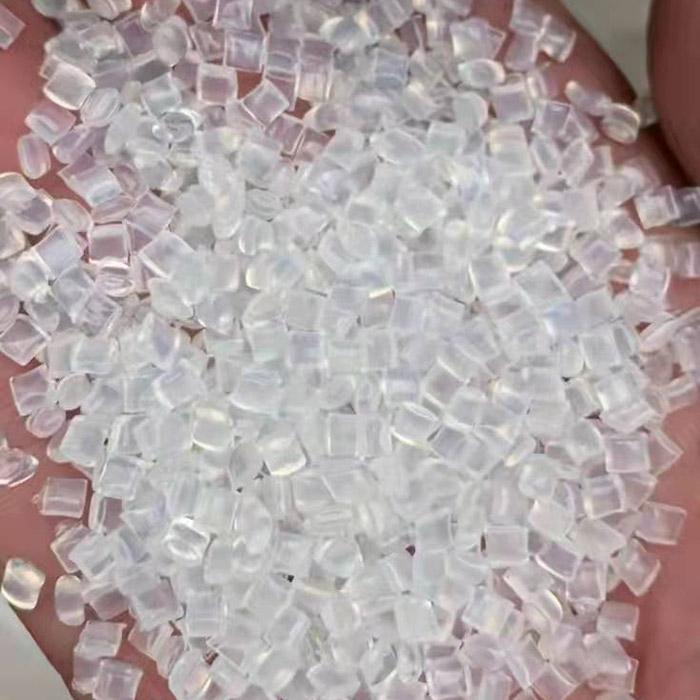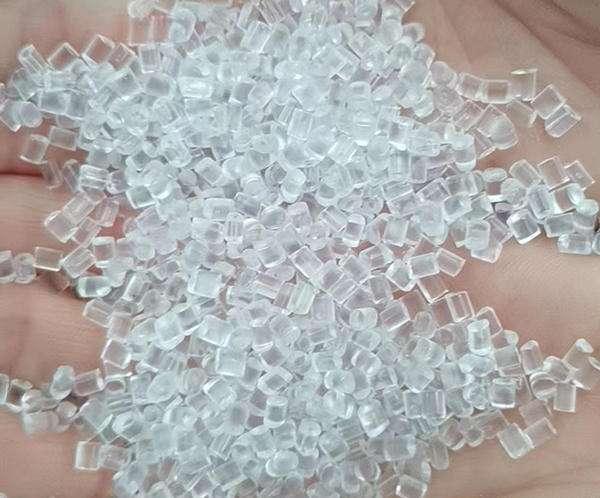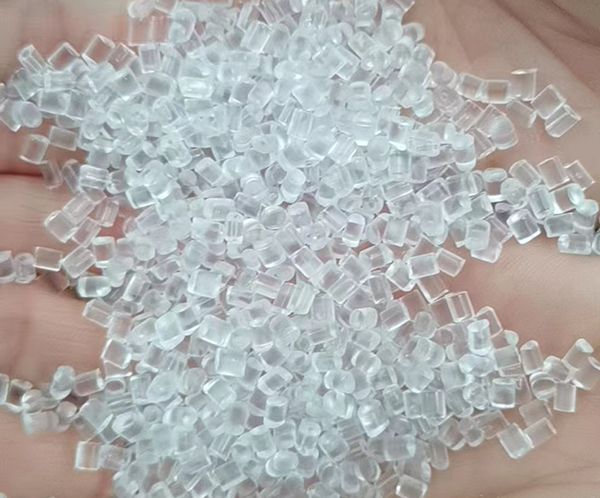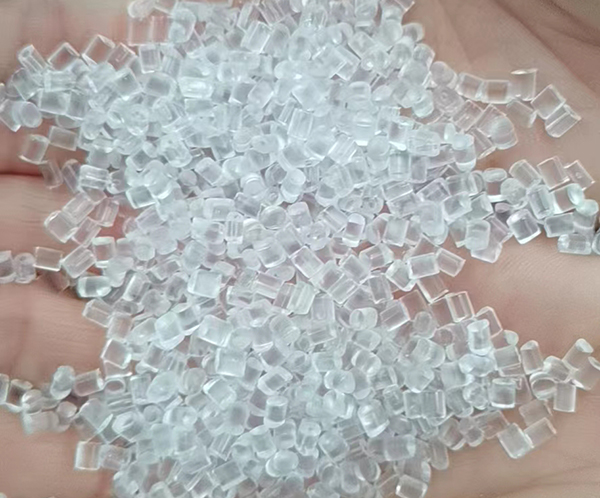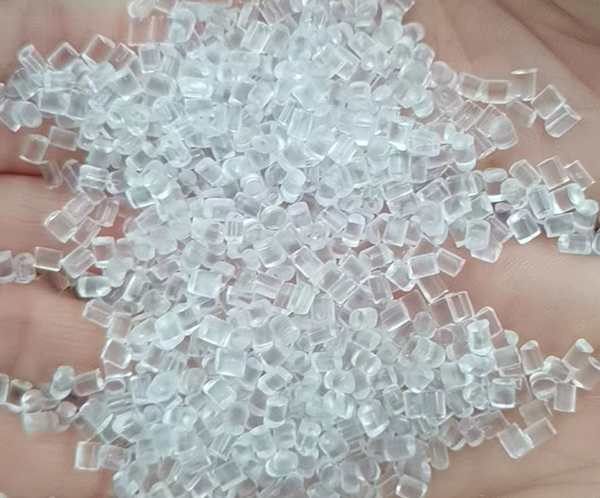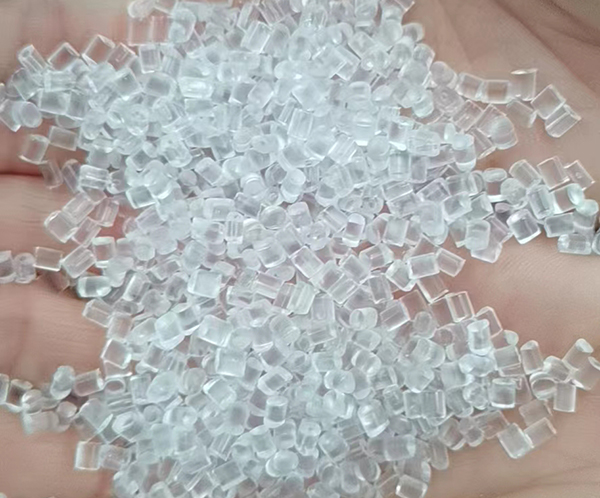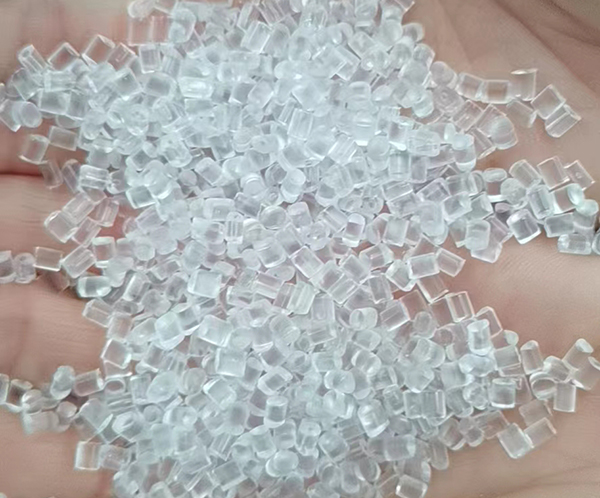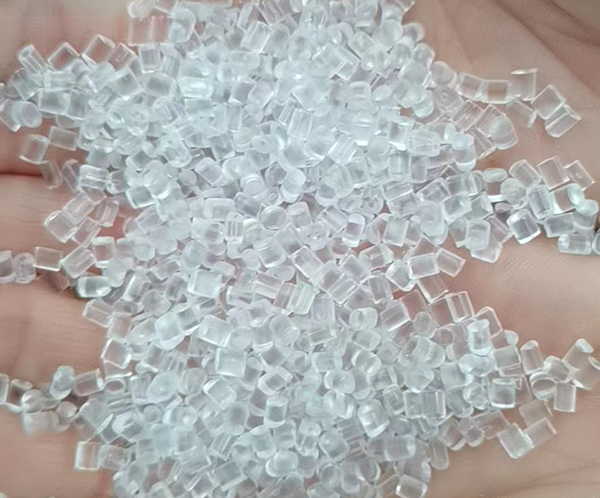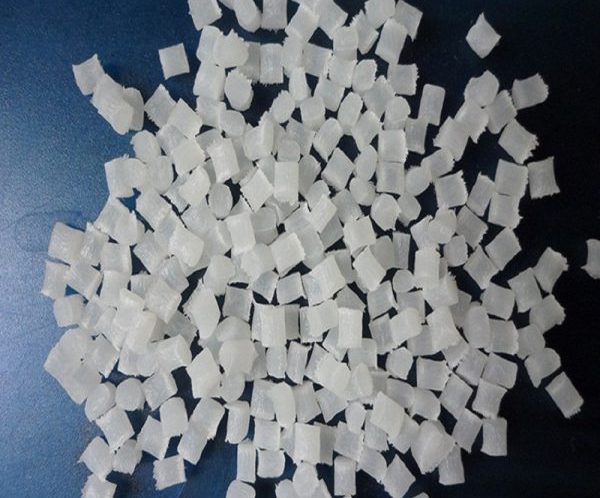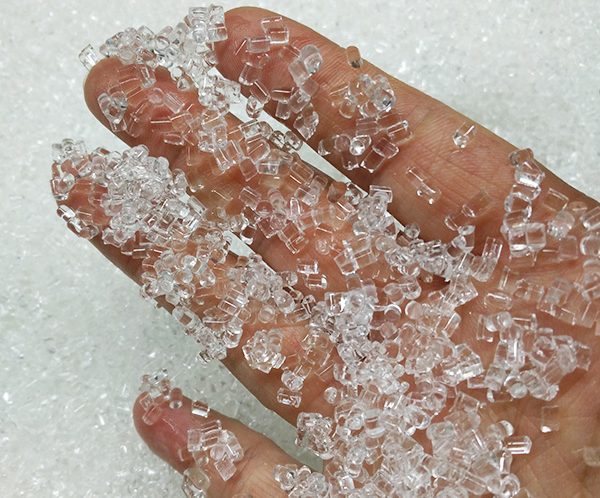The History of Reinforced Nylon Barriers
Time:2022-08-04 16:24:37 Click:
Countries such as Germany and Italy have been exploring thermal insulation strip products for more than 40 years. The high-performance glass fiber reinforced nylon 66 (PA66GF25) thermal insulation strip for aluminum profile doors and windows developed by them has reached a high level of performance indicators.my country's research on PA66GF25 thermal insulation strip started relatively late.In the mid-to-late 1990s, domestic manufacturers of reinforced nylon successively developed heat-insulating strips such as PVC and ABS and promoted their use.
However, due to the performance of insulation materials based on PVC and ABS and other materials do not match with aluminum alloys, especially the coefficient of linear expansion, elongation at break, heat resistance and aging resistance, etc.
After the alloy is combined, there will be no loose phenomenon and service life, so insulation strips such as PVC and ABS have been eliminated from the market in recent years.Reinforced nylon Since 2000, the PA66GF25 thermal insulation strip product of German Tylenol has officially landed in China, gradually forming a monopoly on the Chinese building thermal insulation market.
Due to the gap in overall equipment and technology, domestic manufacturers can only choose some simple traditional plastic processing equipment to piece together for production, which is difficult to ensure product quality.The early domestic production and molding process of PA66GF25 heat insulation strip mainly adopts "empty the PA66GF25 melt, stretch it through the mold, and directly water-cool molding".
The disadvantage of this process is that when the molten body in the venting section enters the mold, it is easy to cause the phenomenon of stuck mold, broken bars, etc. At the same time, due to the direct water cooling, the surface of the product is rough, the dimensional accuracy is difficult to guarantee, and the phenomenon of oil pollution is obvious.In addition, due to the large instantaneous temperature difference from the venting section from the extruder to the die, the crystal particles of nylon 66 are rough and uneven, resulting in poor overall mechanical properties of the product.
Products manufactured by this process have been at the low end of the domestic market for a long time, and foreign companies even boasted that "it is impossible for Chinese companies and their equipment to make high-performance PA66GF25 thermal insulation strip products!"
However, due to the performance of insulation materials based on PVC and ABS and other materials do not match with aluminum alloys, especially the coefficient of linear expansion, elongation at break, heat resistance and aging resistance, etc.
After the alloy is combined, there will be no loose phenomenon and service life, so insulation strips such as PVC and ABS have been eliminated from the market in recent years.Reinforced nylon Since 2000, the PA66GF25 thermal insulation strip product of German Tylenol has officially landed in China, gradually forming a monopoly on the Chinese building thermal insulation market.
Due to the gap in overall equipment and technology, domestic manufacturers can only choose some simple traditional plastic processing equipment to piece together for production, which is difficult to ensure product quality.The early domestic production and molding process of PA66GF25 heat insulation strip mainly adopts "empty the PA66GF25 melt, stretch it through the mold, and directly water-cool molding".
The disadvantage of this process is that when the molten body in the venting section enters the mold, it is easy to cause the phenomenon of stuck mold, broken bars, etc. At the same time, due to the direct water cooling, the surface of the product is rough, the dimensional accuracy is difficult to guarantee, and the phenomenon of oil pollution is obvious.In addition, due to the large instantaneous temperature difference from the venting section from the extruder to the die, the crystal particles of nylon 66 are rough and uneven, resulting in poor overall mechanical properties of the product.
Products manufactured by this process have been at the low end of the domestic market for a long time, and foreign companies even boasted that "it is impossible for Chinese companies and their equipment to make high-performance PA66GF25 thermal insulation strip products!"
PRE:Back to list


